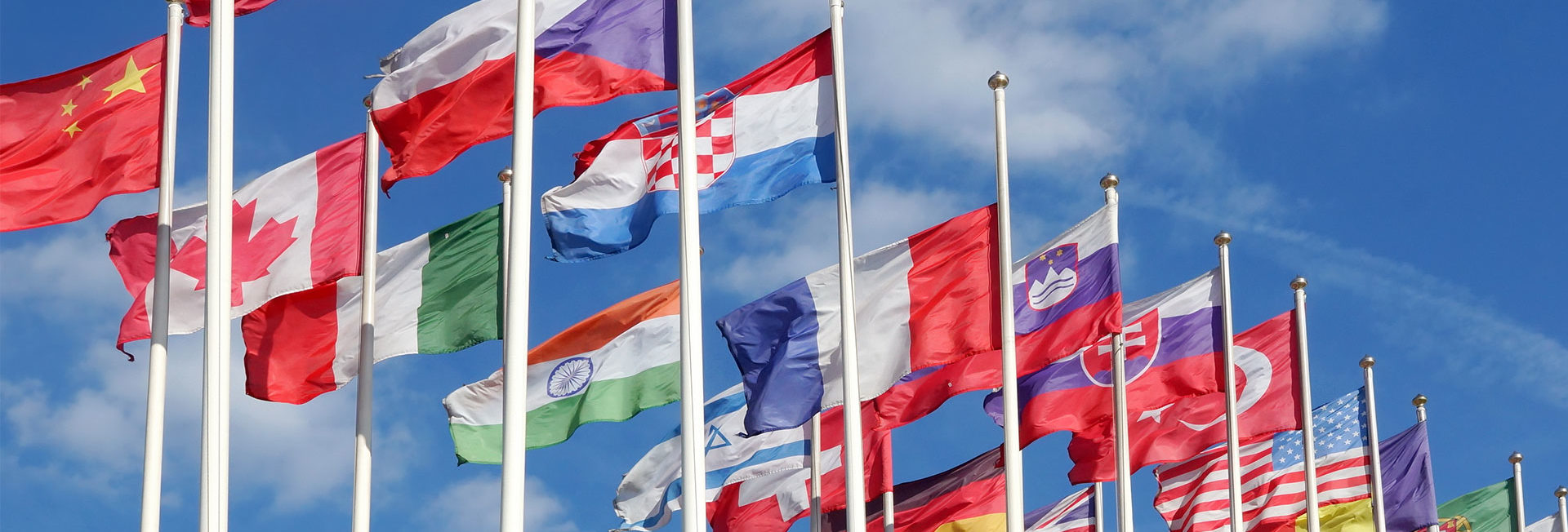Another Historic Step for Mediation
by Dr Karl Mackie CBE
First published on 23 Aug 2019
On 7 August 2019, 46 countries signed the United Nations Convention on International Settlement Agreements Resulting from Mediation (‘Singapore Convention’), the highest figure for the first day of UN trade conventions.
It comes into effect formally once three states have completed formal ratification.
Now, in appropriate cases where a party is refusing to implement a term of an agreement, there will now be a recognised international system for parties to ensure enforcement of settlements that have arisen from international commercial disputes (or to prevent further litigation on issues already covered in such a settlement). Proceedings can take place in a country which is a signatory to the Convention.
It is a win-win for mediators and lawyers. On the one hand, mediation now has further legitimacy in international trade rules. On the other, lawyers have an additional legal instrument on which they can advise or seek grounds to argue on behalf of clients.
On the legitimacy side, the Convention echoes the role played for arbitration and arbitral judgments by the New York Convention of 1958 – this took time to gain acceptance but is now a key pillar in the legitimacy of international commercial arbitration.
Not least in the new points of legitimacy was the formal switch to the word ‘Mediation’ for the Instrument. Previous UN discussions and instruments concerning amicable third party settlements, were always framed with the historic term ‘Conciliation’, but this has now switched to Mediation because of the major development of this term in the modern initiatives to professionalise the process.
And the new Convention is a win for lawyers too, as there are undoubtedly some points of debate and legal argument which will come into focus in cases where one party seeks to avoid a settlement or seeks to say that settlement enforcement is inapplicable under the terms of the Convention.
Some of these issues cover familiar territory to the New York Convention – the definition of what is ‘international’ or ‘commercial’ (scope of coverage), the exclusion of settlements formalised in court orders or arbitration awards, the recognition of electronic means of ‘written’ communication, the agreement being shown to be null and void or otherwise inoperative at law.
Other terms may well have some influence on current mediation practice over time and need to be considered by lawyers and mediators as to advisable systems in the context of national mediation practice.
Article 4 – Singapore Convention
For example, Article 4 requires that there is evidence that a settlement agreement ‘resulted from mediation’ including methods such as a mediator’s signature on the settlement agreement (unusual in some key mediation jurisdictions) or separate confirmation; or separate attestation by an institution administering the mediation.
Article 5 – Singapore Convention
Article 5, ‘Grounds for refusing relief’, includes the potential for argument that the agreement is not otherwise clear or final or binding, or has already been implemented.
Article 5 also has provisions on mediator conduct which may cause some concerns amongst mediators – a party can argue that there “was a serious breach by the mediator of standards applicable to the mediation or mediator”. This could set several hares running if a party was seeking easy ways to challenge a settlement.
However, the Article was strengthened to require a party also to show that they “would not have entered the agreement” without this breach, which creates a higher barrier to obtaining relief.
Similarly, a party can attempt to argue that a mediator failed “to disclose to the parties circumstances that raise justifiable doubts as to the mediator’s impartiality or independence” but they have to go further and show that “such failure to disclose had a material impact or undue influence on a party without which failure that party would not have entered into the settlement agreement.”
Article 8 – Singapore Convention
Countries or ‘regional economic integration organisations’ also are able to add Reservations to their commitment (Article 8) so as to exclude the application of the Convention to their own government or agency commercial dealings.
They can also specify that the Convention shall only apply if parties have expressly agreed to the application of the Convention in their settlement agreement (another decision point for lawyers in mediation).
What does the Convention mean for Mediation?
In summary, this is undoubtedly a historic moment for international mediation despite the challenges in pulling together the wording of a legal framework. It confers international legitimacy on the third key anchor of legal dispute resolution techniques, supplementing the Convention on enforcement of court judgments (the ‘Hague Convention’) and that of enforcement of arbitration awards (the ‘New York Convention).
In the tumult of international business and legal disputes, there will undoubtedly be some cases testing the parameters of the Convention and its language. Lawyers and mediators should work together on finding a common path to avoid uncertainties that might otherwise arise from some of the nuances of the wording of the Convention.
However, both have some reassurance from the knowledge that few mediated settlement agreements fail to be implemented in the first place.
Finally, for someone based in the uncertain boundary between the UK and the EU, I should register a significant interest in when these bodies will recognise this major leap forward in the international community’s interest in common approaches?




